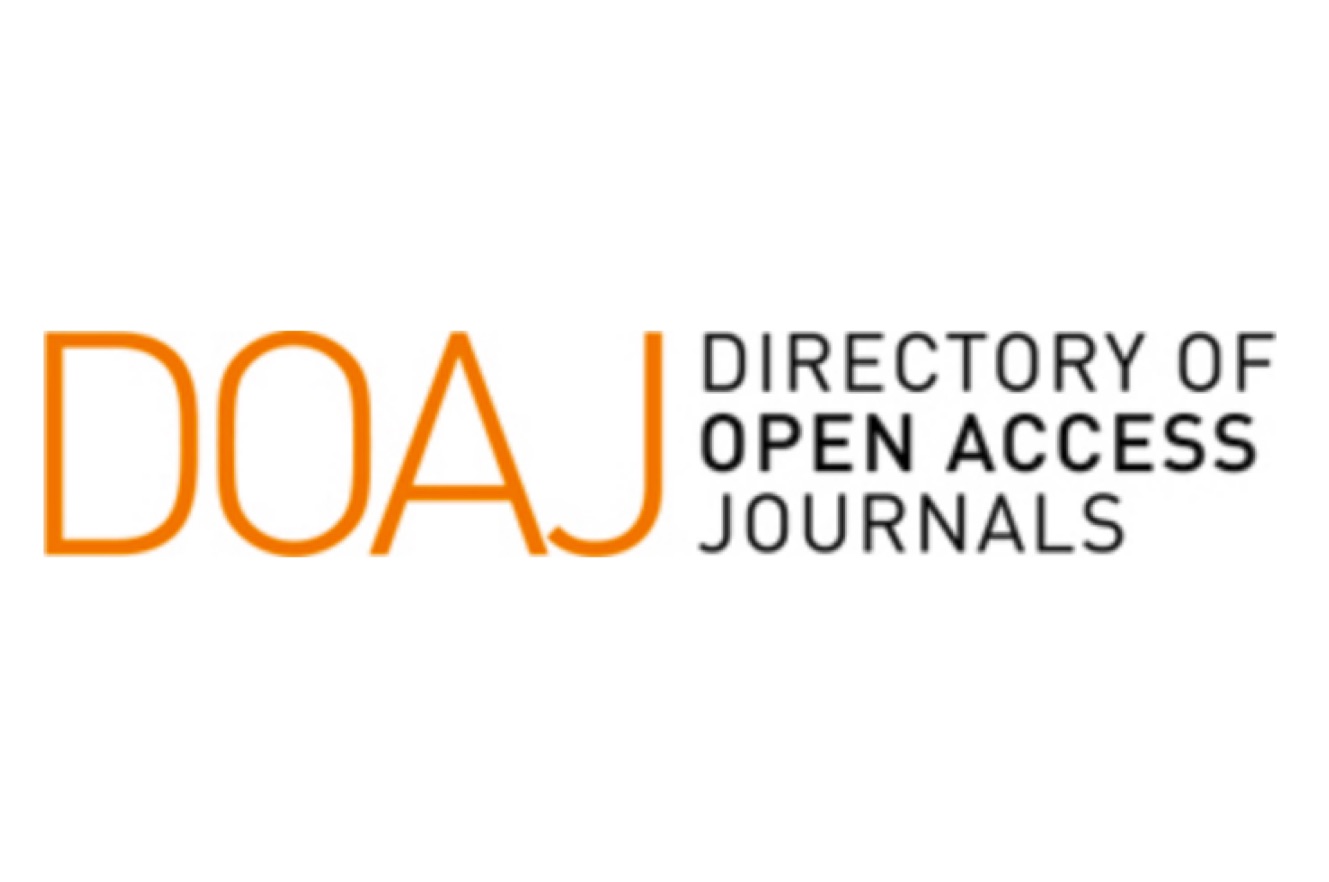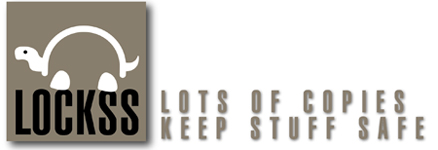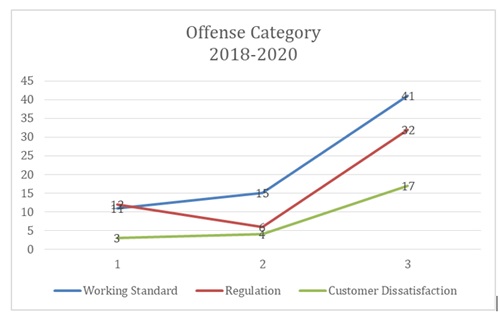ANALISIS PENERAPAN SISTEM MONITORING PEMASOK
Downloads
Abstract
The performance of suppliers both directly and indirectly determines several critical points for the company such as: product prices, product availability in the market, and product quality. It is very important for companies to monitor and improve the quality of raw materials obtained from suppliers, because this will determine the performance of the company, especially on the quality of products produced. The quality monitoring system implemented in the company must be responsive and consider every critical aspect of the non-conformity that occurs, not only using the Supplier Correction Action Request (SCAR) form or the Vendor Corrective Action Request (VCAR) form or the Supplier Corrective and Preventive Action Request (SCPAR) form for all types of non-conformity found. In this study, samples were taken at 3 different companies in order to obtain valid data to analyze and evaluate the existing quality monitoring system to get a new quality monitoring system that more responsive to avoid repeated findings occur. The research method was conducted by classifying non conformity types based on the level of criticism using the Total Quality Management (TQM) approach, fishbone diagrams, Failure Mode and Effect Analysis (FMEA), and Quality Function Deployment (QFD) so that the quality monitoring system produced is more accurate, effective and efficient in handling raw material non-conformities that occur.
Abstrak
Kinerja pemasok baik secara langsung maupun tidak langsung ikut menentukan beberapa point kritikal bagi perusahaan seperti: harga produk, ketersediaan produk di pasar, dan kualitas produk. Sangat penting bagi perusahaan untuk memonitor dan meningkatkan kualitas bahan baku yang diperoleh dari pemasok, karena hal ini akan menentukan performa bagi perusahaan terutama terhadap kualitas produk yang dihasilkan. Sistem monitoring kualitas yang diterapkan di perusahaan harus responsif dan mempertimbangkan setiap aspek kritikal ketidaksesuaian yang terjadi, tidak bisa hanya menggunakan Supplier Correction Action Request (SCAR) form atau Vendor Corrective Action Request (VCAR) form atau Supplier Corrective and Preventive Action Request (SCPAR) form untuk semua tipe non conformity atau ketidaksesuaian yang ditemukan. Dalam penelitian ini, dilakukan pengambilan sampel di 3 perusahaan yang berbeda dengan tujuan agar didapatkan data valid guna menganalisis mengenai sistem monitoring kualitas yang telah ada saat ini dan mengevaluasi untuk mendapatkan sistem monitoring kualitas baru yang lebih responsif sehingga tidak terjadi lagi temuan berulang. Metode penelitian dilakukan dengan mengklasifikasikan tipe non conformity berdasarkan tingkat kritikalnya menggunakan pendekatan Total Quality Management (TQM), penggunaan fishbone diagram, Failure Mode and Effect Analysis (FMEA), dan Quality Function Deployment (QFD) sehingga sistem monitoring kualitas yang dihasilkan lebih akurat, efektif dan efisien dalam penanganan ketidaksesuaian bahan baku yang terjadi.
Downloads
A. Nair, J. Jayaram, and A. Das, "Strategic purchasing participation, supplier selection, supplier evaluation and purchasing performance,” Int. J. Prod. Res., vol. 53, no. 20, pp. 6263–6278, Oct. 2015. Available at: doi 10.1080/00207543.2015.1047983
H. Safari, Z. Faraji, and S. Majidian, "Identifying and evaluating enterprise architecture risks using FMEA and fuzzy VIKOR,” J. Intell. Manuf., vol. 27, no. 2, pp. 475–486, 2016. Available at: doi 10.1007/s10845-014-0880-0
R. Chavhan, "Supplier Developmet: Theories and Practices,” IOSR J. Mech. Civ. Eng., vol. 3, no. 3, pp. 37–51, 2012. Available at: doi E0333751
F. Peter and G. Lars-Erik, "Evaluation of Supplier Performance,” Dep. Ind. Mark. Chalmers Univ. Technol. Gothenburg, Sweden., 2012. Available at: doi 14572345
A. Ulutas, N. Shukla, S. Kiridena, and P. Gibson, "A utility-driven approach to supplier evaluation and selection: empirical validation of an integrated solution framework,” Int. J. Prod. Res., vol. 54, no. 5, pp. 1554–1567, Mar. 2016. Available at: doi 282749261
H. Ae, J. Won, Y. Yun, and H. Moo, "FMEAì—ì„œ ê³ ìž¥ 심ê°ë„씘 íƒì§€ì‹œê°„ì— ë”°ë¥¸ 위험성 í‰ê°€ Risk Evaluation in FMEA when the Failure Severity Depends on the Detection Time,” vol. 31, no. 4, pp. 136–142, 2016. Available at: https://www.jksqm.org/m/makeCookie.php?url=/m/journal/view.php?number=774
P. Hannifin, Supplier Quality Requirements Manual. 2012. Available at: https://www.parker.com/parkerimages/Parker.com/About%20Us/Literature/PH-SQRM.pdf (Diakses : 2 Oktober 2019).
L. O. Kiran J. Desai, Mayur S. Desai, "Supply Chain Risk Management Framework: A Fishbone Analysis Approach.” 2015. Available at: http://search.proquest.com/openview/01272a5eaf64dbc8032d73fa303cbc8d/1?pq-origsite=gscholar&cbl=40946
K. Zimmer, M. Fröhling, and F. Schultmann, "Sustainable supplier management – a review of models supporting sustainable supplier selection, monitoring and development,” Int. J. Prod. Res., vol. 54, no. 5, pp. 1412–1442, Mar. 2016. Available at: doi 10.1080/00207543.2015.1079340
T. Edition, Total Quality. 2015 . Available at: Google Document
I. A. Elshaer, "Direct effects of quality management on competitive advantage,” 2016. Available at: doi 382808
D. P. Kafetzopoulos, E. L. Psomas, and K. D. Gotzamani, "The impact of quality management systems on the performance of manufacturing firms,” vol. 32, no. 4, pp. 381–399, 2015. Available at: doi 10.1108/IJQRM-11-2013-0186
A. Chiarini, "Effect of ISO 9001 non-conformity process on cost of poor quality in capital-intensive sectors,” 2015. Available at: doi 10.1108/IJQRM-03-2013-0041
A. Giorgetti, C. Cavallini, A. Ciappi, G. Arcidiacono, and P. Citti, "A Holistic Model for the Proactive Reduction of Non-conformities within New Industrial Technologies,” no. February 2018, pp. 10–15, 2017. Available at: doi 318270952
A. Mittal and S. kumar Dubey, "Defect handling in software metrics,” Int. J. Adv. Res. Comput. Commun. Eng., vol. 1, no. 3, pp. 167–170, 2012. Available at: doi 10.1.1.220.2559
A. Chiarini, "Risk-based thinking according to ISO 9001 : 2015 standard and the risk sources European manufacturing SMEs intend to manage,” vol. 310, 2016. Available at: doi 10.1108/TQM-04-2016-0038
P. Domingues, "Iso 9001:2015 edition- management, quality and value,” vol. 11, no. 1, pp. 149–158, 2015. Available at: doi 10400.22/9677
N. Carolina and P. Hong, "Post-purchase shipping and customer service experiences in online shopping and their impact on customer satisfaction An empirical study with comparison,” 2018. Available at: doi 10.1108/APJML-04-2017-0071
S. Sreejesh, "Examining the roles played by a store satisfaction-love framework in shaping the influence of store loyalty programs,” vol. 39, no. 8, pp. 879–898, 2015. Available at: doi 10.1108/MRR-06-2014-0150
D. W. Fernandes, R. G. Moori, P. De Pós-graduaçí£o, A. De Empresas, U. P. Mackenzie, and S. Paulo, "Logistic service quality as a mediator between logistics capabilities and customer satisfaction,” vol. 25, no. 4, pp. 358–372, 2018. Available at: doi 10.1108/REGE-01-2018-0015
JMIL Jurnal Manajemen Industri dan Logistik (Journal of Industrial and Logistics Management) is an Open Access Journal. The authors who publish the manuscript in JMIL Jurnal Manajemen Industri dan Logistik agree to the following terms:

JMIL Jurnal Manajemen Industri dan Logistik is licensed under a Creative Commons Attribution 4.0 International License. This permits anyone to copy, redistribute, remix, transmit and adapt the work provided the original work and source is appropriately cited.
This means:
(1) Under the CC-BY license, authors retain ownership of the copyright for their article, but authors grant others permission to use the content of publications in JMIL Jurnal Manajemen Industri dan Logistik in whole or in part provided that the original work is properly cited. Users (redistributors) of JMIL Jurnal Manajemen Industri dan Logistik are required to cite the original source, including the author's names, JMIL Jurnal Manajemen Industri dan Logistik as the initial source of publication, year of publication, volume number, issue, and Digital Object Identifier (DOI); (2) Authors grant JMIL Jurnal Manajemen Industri dan Logistik the right of first publication. Although authors remain the copyright owner.




























